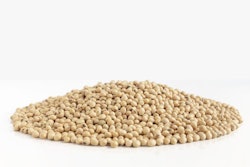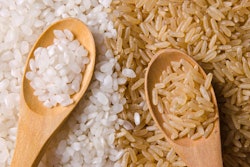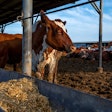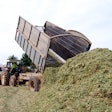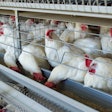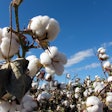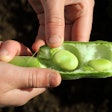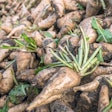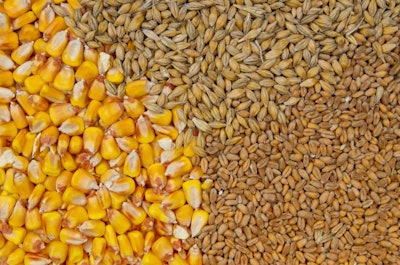
Learn more about the qualities of corn, sorghum, wheat and barley
Starch is the main carbohydrate and, thus, energy source in any balanced diet for all farm animals, such as poultry, pigs and ruminants. Plants store the solar energy obtained through photosynthesis as starch, in order to have the necessary energy when photosynthesis is not adequate. In addition, starch is also stored in the seed for the new plant to use until it can start absorbing enough solar energy (exception here is the oil-bearing seeds, such as soybeans). In essence, starch is a storage carbohydrate, which is in wide contrast to structural carbohydrates, which are collectively known as fibers. It is clear, therefore, that starch plays the same role in plants and animals, that is, as a major energy source.
The term starch refers to two types of glucose polymers: amylose and amylopectin. Amylose comprises smaller polymers that are basically linear. In contrast, amylopectin polymers are longer and quite branched. Generally speaking, starch polymers are considered relatively simple polymers compared, for example, with fiber polymers. Traditionally, in most common cereals, the ratio of amylose to amylopectin is rather constant: approximately 25% amylose to 75% amylopectin. However, due to ongoing genetic progress, we have new hybrids that have expanded this ratio to 16-35% amylose and 65-84% amylopectin. Furthermore, there are waxy (floury) cereals with higher than 84% amylopectin, and high-amylose cereals (vitreous or glassy) that exceed 40% amylose, but these are niche products for special purposes.
Regarding starch in the seed, starch polymers are organized in complex structures called starch granules. In those structures, amylose and amylopectin are deposited in orderly, concentric layers held together by hydrogen bonds. Cereal grains consist of three parts: the bran, the endosperm and the germ. Starch is located in the cells of the endosperm (the largest compartment) of the seeds. Finally, starch granules can have different shapes such as small spheres, larger discs or even polygonal. All these aspects affect digestibility and fermentation (in ruminants).
Corn: The granule shape is round or polygonal with a size of about 15 μm. The gelatinization temperature ranges between 62 and 72 degrees C. Corn starch is considered easily digested by most species, although it is not as easily fermented as other cereals in ruminants, resulting in some part bypassing rumen fermentation.
Sorghum: The starch granules shape varies from polygonal to almost spherical as in corn. They measure approximately 25 μm. Sorghum starch reaches gelatinization at 68 to 78 degrees C. Sorghum starch is rather “pasty” and for this reason it should not be ground very finely when it comes to feeding poultry.
Wheat: There are two types of starch granules in wheat, in shape and size. These are the large lenticular granules with a size of 20-35 μm and the smaller spherical granules that measure 2-10 μm. Gelatinization occurs at 58-64 degrees C. Wheat starch is not pasty itself, but it is accompanied by the protein known as gluten, which gives the whole meal a rather “sticky” nature.
Barley: Just like in wheat, there are two types of granules. The lenticular with a size of 20-25 μm and the small round granules that range between 2-6 μm. Starch in barley gelatinizes at 51- 60 degrees C. In ruminants, barley is fermented rather rapidly and as such it is preferred for high-energy feeding, although it may provoke acidosis if sufficient buffers are not offered at the same time.


